
MED25 Mediates Shade-Induced Hypocotyl Elongation in Tomato
Blog, Plant Physiology, Plant Physiology: News and Views, ResearchAuthor: Sjon Hartman
ORCID: 0000-0002-6709-6436
Plant Ecophysiology, Institute of Environmental Biology, Utrecht University, Padualaan 8, 3584 CH, Utrecht, The Netherlands
[email protected]
Avoiding the shade of neighboring plants is essential to optimize light capture and…
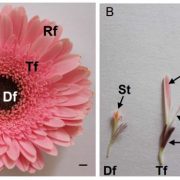
CYCLOIDEA3 is targeted by disparate transcription factors in patterning flowers in Gerbera
Blog, Plant Physiology: News and Views, ResearchYunqing Yu
Donald Danforth Plant Science Center
Kellogg Lab
SAINT LOUIS, MO 63132
United States of America
[email protected]
Flowering plants have evolved enormous diversity and complexity of inflorescence architecture. One great model for studying complex inflorescence development and…
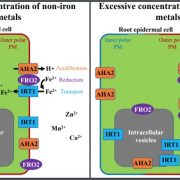
Metallic Action! The Dynamics of a Tripartite Iron Uptake Complex in Arabidopsis Roots
Blog, Plant Physiology, Plant Physiology: News and Views, ResearchMetallic action! The dynamics of a tripartite iron uptake complex in Arabidopsis roots
By Marcelo Lattarulo Campos
Integrative Plant Research Laboratory, Departamento de Botânica e Ecologia, Instituto de Biociências, Universidade Federal de Mato Grosso, Cuiabá/MT, Brazil.
ORCID ID: 0000-0001-6235-5120
Twitter:…
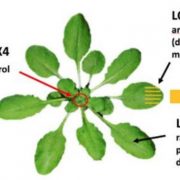
To grow or not to grow: specific lipoxygenases control wound-induced growth restriction
Blog, Plant Physiology, Plant Physiology: News and Views, ResearchTo grow or not to grow: specific lipoxygenases control wound-induced growth restriction
Amna Mhamdi
Ghent University, Department of Plant Biotechnology and Bioinformatics, and VIB Center for Plant Systems Biology, 9052 Ghent, Belgium
Address correspondence to: [email protected]
As…
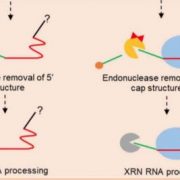
Excising the mystery of single guide RNA processing
Blog, Plant Physiology, Plant Physiology: News and Views, ResearchSophia G. Zebell
Howard Hughes Medical Institute, Cold Spring Harbor Laboratory, Cold Spring Harbor, NY, USA
[email protected]
Over the past 10 years, utilization of CRISPR-Cas9 genome editing in plants has rapidly and significantly altered the scale and scope of both basic research and crop development.…
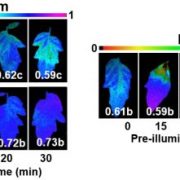
A high-five for high light protection
Blog, Plant Physiology, Plant Physiology: News and Views, ResearchKasper van Gelderen
Utrecht University
[email protected]
Plants cannot live without light, but they also cannot live with too much light. Beyond a certain threshold, a high light intensity will damage the photosynthetic apparatus directly. Furthermore, high light leads to the production of reactive…

MaXB3 Limits Ethylene Production and Ripening of Banana Fruits
Blog, Plant Physiology, Plant Physiology: News and Views, ResearchAuthor: Sjon Hartman
ORCID: 0000-0002-6709-6436
Plant Ecophysiology, Institute of Environmental Biology, Utrecht University, Padualaan 8, 3584 CH, Utrecht, The Netherlands
[email protected]
Ripening of climacteric fruits such as banana (Musa acuminata), tomato (Solanum lycopersicum), and…
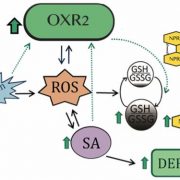
On how to build a larger and healthier Arabidopsis ROSette using a mitochondrial protein (spoiler: reactive oxygen species)
Blog, Plant Physiology, Plant Physiology: News and Views, ResearchJavier Edgardo Moreno
ORCID ID: 0000-0001-9763-5325
Twitter: @JaviMorenoOK
Instituto de Agrobiotecnología del Litoral (UNL-Conicet), Facultad de Bioquímica y Ciencias Biológicas, Universidad Nacional del Litoral
Santa Fe 3000, Argentina
Cellular respiration is at the core…
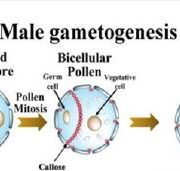
Callose deposition during pollen development
Blog, Plant Physiology, Plant Physiology: News and Views, ResearchMadeleine Seale
University of Oxford
[email protected]
Callose is a cell wall component that is dynamically deposited and degraded during pollen development. Thanks to a new paper investigating pollen formation in cotton (Gossypium hirsutum), we now know that a pollen-specific protein…

